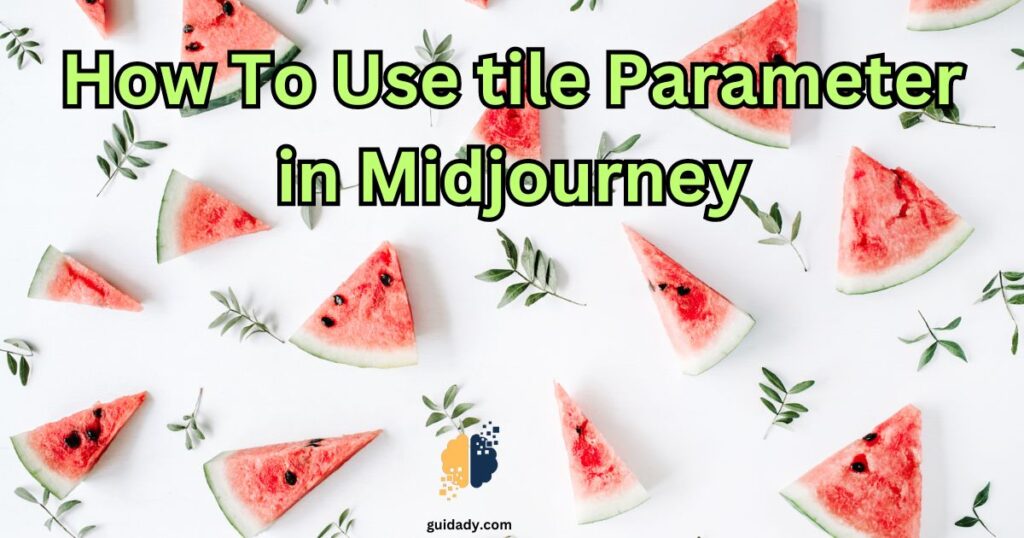Welcome to our in-depth guide on mastering the tile parameter in Midjourney! This tutorial is designed to help you create seamless patterns with perfect alignments, enhancing your designs with a professional touch. Our step-by-step instructions will ensure that the process is clear and accessible for everyone, regardless of experience level.
When to use tile parameter?
Using ‘seamless pattern‘ in the prompt does not generate a ‘true‘ seamless pattern. It may look like the pattern is seamless, but when lining up several images you’ll notice that they do not create a seamless pattern.
Example: I used ‘seamless pattern’ but not the tile parameter here.
Prompt:
retro, yellow and orange, 70's patternHow to use tile parameter
Add –tile at the end of your prompt. You can use the –tile on Discord and Alpha Website. Prompt:
retro abstract, circles and oval spears, lime green and aqua --tile --stylize 250Tile parameter also works great with complex patterns and various aspect ratios.
Example: Complex pattern
Prompt:
a pattern with circles and dots, mosaic-like pointillism, light red and white, biomorphic forms, trompe-l'œil illusionistic detail --tile This prompt is a variation of a prompt from Midjourney user '2old'Another example: Aspect ratio 3:4
Prompt:
mid century modern pattern, spring colors --ar 3:4 --tileI did use ‘pattern’ in most of the prompts I ran, but it’s not a must-use descriptor.
I also used “seamless background” in some prompts, but this is also not necessary.
The most important thing is using –tile to generate a seamless pattern.
Prompt:
a Scandinavian pattern, grey seamless background --tile --stylize 50Seamless patterns are versatile and can be used in the creation of textiles, wallpapers, wrapping papers, marketing and branding materials, packaging designs, stationery, backgrounds, user experience design, and many other applications.
Conclusion
In conclusion, the tile parameter in Midjourney is a powerful tool that can elevate your pattern designs to new heights. By following the guidelines we’ve discussed, you can produce intricate, seamless patterns suitable for a variety of applications, from textiles to user experience design. Remember, the key to success lies in the subtle art of using the --tile command effectively. With practice and creativity, the possibilities are endless.
